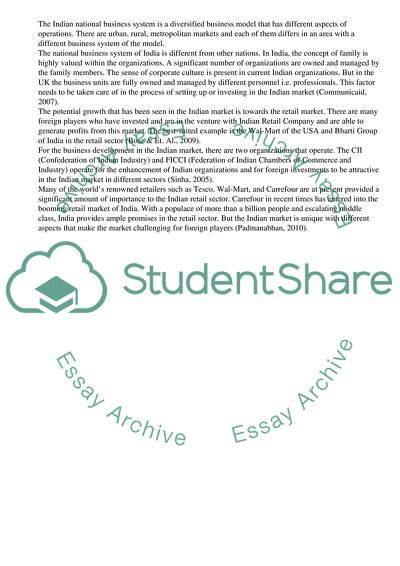Cite this document
(The UK Business with India Economic and Cultural Background for Coop Research Paper - 1, n.d.)
The UK Business with India Economic and Cultural Background for Coop Research Paper - 1. Retrieved from https://studentshare.org/business/1747901-international-business-enviornment
The UK Business with India Economic and Cultural Background for Coop Research Paper - 1. Retrieved from https://studentshare.org/business/1747901-international-business-enviornment
(The UK Business With India Economic and Cultural Background for Coop Research Paper - 1)
The UK Business With India Economic and Cultural Background for Coop Research Paper - 1. https://studentshare.org/business/1747901-international-business-enviornment.
The UK Business With India Economic and Cultural Background for Coop Research Paper - 1. https://studentshare.org/business/1747901-international-business-enviornment.
“The UK Business With India Economic and Cultural Background for Coop Research Paper - 1”, n.d. https://studentshare.org/business/1747901-international-business-enviornment.


